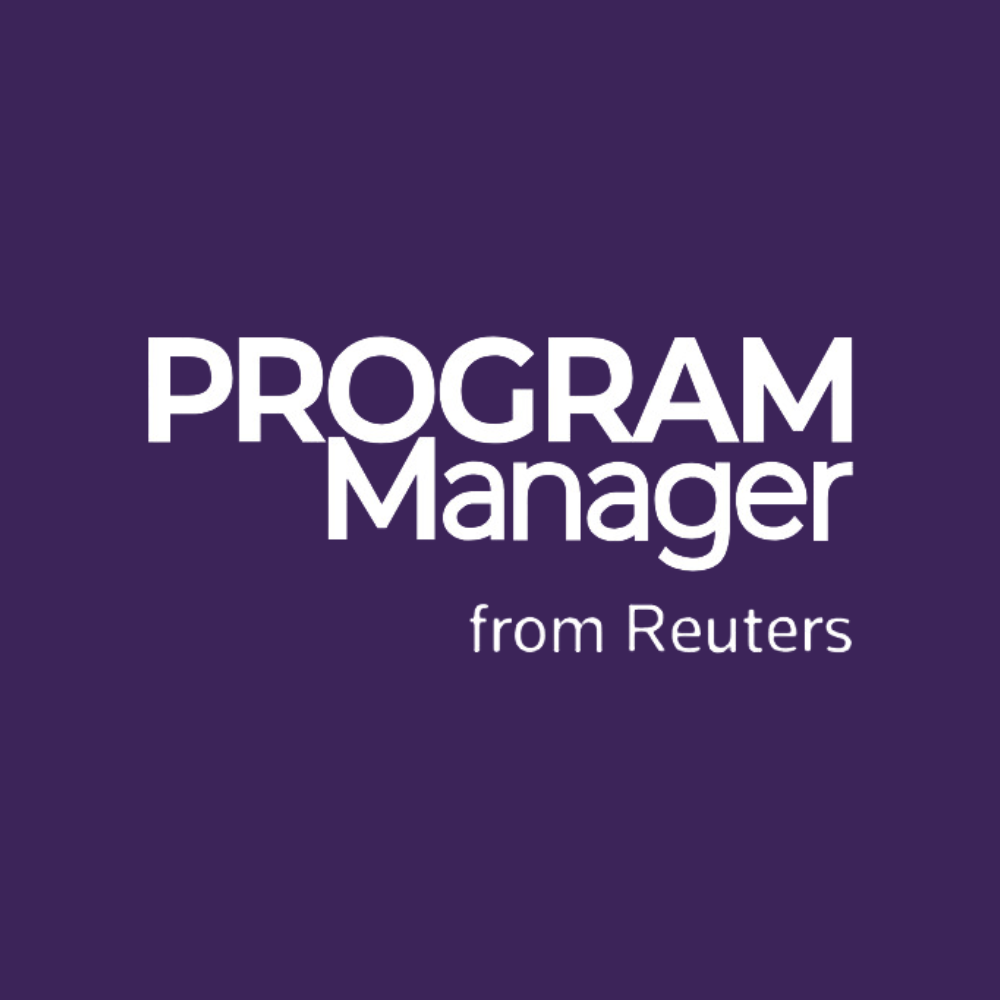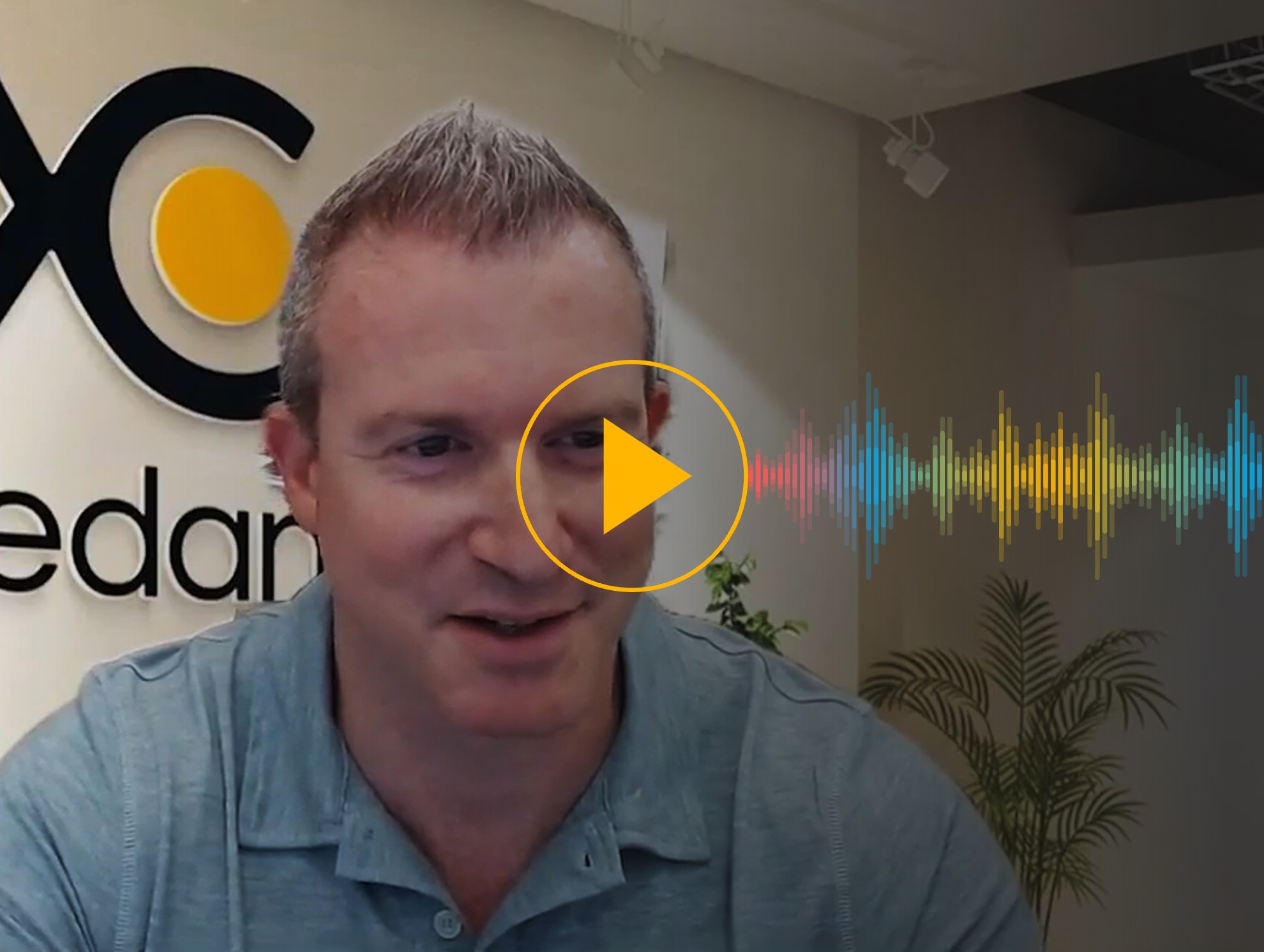Insuring the Future with Better Employee Retention Programs
Averting the Employment Crisis with Employee Retention Programs
by Ryan Martin
“Understaffed,” “talent crisis,” and “low employee retention” are phrases causing an uproar in the insurance industry since 2020. The talent gap is no longer a minor issue to be brushed under the carpet, but a threat to the continued success of the insurance sector. In the wake of COVID-19, developing talent and filling vacancies have proved to be two of the biggest concerns facing our industry. The pandemic upset the global economy, inducing unprecedented preventative lockdown measures and social distancing, bringing operations to a halt. Businesses were faced with a massive supply disruption, which mutated into a demand shortage and a high unemployment rate.
Let’s look at three ways in which COVID-19 altered the global economy and the insurance industry:
- An Economic Downturn
The global pandemic unsettled many economies to their core while simultaneously weakening economic development and consumer purchasing power. The disruption in finance and trade paired with uncertain demand and supply trends led advanced economies to shrink, forcing millions to reduce spending as income was disrupted or eliminated.The impacts were felt globally. Stock markets dropped while unemployment rates soared. As economies crashed, finance sectors recorded historically high rates of both employees quitting and corporate-driven layoffs.
- The Great Reshuffling
What was coined as “The Great Resignation,” with millions of workers choosing to work from home or opting for jobs offering more “no contact” options, is morphing into a lifestyle choice today. Many professionals are now looking for alternative careers that allow them to provide for themselves financially while focusing on a flexible hybrid structure. With a large section of the workforce quitting jobs, open positions are increasingly leading to staff shortages with limited new talent interested in replacing them.
- Quiet Quitting
Unlike the literal meaning of the term, “quiet quitting” refers to employees putting in the minimum effort at work, doing no more than the minimum necessary. Earlier, employees were expected to put work on the forefront while keeping their personal lives on the back foot. However, recently, an increasing number of employees have started to limit their efforts to a strict 9-to-5 work frame. This trend is more commonly observed in younger professionals, typically 35 years old. (Sarkar, 2022)
The above trends continue to impact industry efforts to attract fresh and new talent, as well as retain existing employees. Globally, the insurance industry presently has an aging workforce, which is likely to compound this issue in the coming years. A report by the U.S. Bureau of Labor Statistics predicts that nearly 400,000 employees will retire from the insurance industry workforce within the next few years (AmTrust Financial, 2022). Replacing lost employees with the right talent is time-consuming, expensive, and challenging. As an incentive to attract and retain talent, some states are now offering higher pay for the same roles and offering remote working options. Studies show that companies offering remote work have been able to reduce their turnover rates by 25% (Code Submit, 2022).
The growing trend of poaching in the insurance industry
In an attempt to deal with increasing staff shortages and the dearth of expertise, companies are increasingly resorting to acquiring new talent by poaching it from competitors. Networking is typically the most discreet yet effective way to poach employees from competing firms. This often begins via a common insurance professional tool – LinkedIn. Many insurance organizations now have dedicated strategies for using social networking sites to identify and contact potential employees.
Ways to reduce the impact of poaching
- Employee Voice: Organizations often fail to provide a platform for employees to share opinions. Employees are often reluctant to leave an organization when they feel that their opinions are heard and considered. Employees must have the perception that they are valued by the organization.
- Positive Recognition: Often organizations undermine the power of employee appreciation, which, in turn, leads to discontentment and self-doubt within the team. When employee performance is acknowledged, team members feel motivated to exert extra effort into achieving the desired outputs. When done well, employee acknowledgment can decrease turnover rates by up to 31% (Vantage Circle, 2022).
- Sharing workflow burden: Workflow is the outlined sequence of tasks delegated to resources within the company in an orderly manner to achieve the desired output on a project. Receiving additional assistance on workflows increases the time in-house employees spend pursuing things that interest them without compromising on the quality of the deliverables.
- Building a positive workplace culture: Giving employees the freedom to make choices, while holding them accountable for outcomes, can significantly reduce turnover rates. Corporate leaders should allow their team members to take leadership of projects and processes, apply skills in diverse projects, and take risks that can enhance both employee and organizational performance. They should also encourage team members to participate in team-building activities. These initiatives can promote an efficient and pleasant work culture and enhance cooperation. According to one report, 77% of organizations are now prioritizing employee experience to amplify retention rates (Vantage Circle, 2022).
- Eliminating menial tasks to increase staff capacity: By eliminating or automating menial and unproductive tasks and processes, employers can help employees focus on important and productive activities. These initiatives, in turn, can enhance customer experience and office morale.
Benefits of employing employee retention programs
These retention programs can benefit insurance organizations in the following ways:
- Reduces overhead costs: The expenses to replace a retired or departed employee is an estimated 33% of their annual salary (EBN, 2017). Finding the right replacement is tedious, time-consuming, and expensive. The adoption of employee retention programs can help organizations create an ideal workplace that reduces turnover margins, thereby bringing down these overhead costs.
- Increases office morale: Employee retention programs are key to increasing office morale and motivating employees to deliver superior performance. In a work environment where they feel valued and appreciated, employees are more likely to perform better and care about the work they do.
- Builds a well-rounded and scalable workforce: Organizations allowing employees to undertake endeavors outside their assigned domain provide the latter with an opportunity to gain experience in a field that can benefit the company. Given this, it is crucial to hire employees who can step up to the task, undertake diverse responsibilities, and learn quickly.
- Increases organizational adaptability: Retention programs have implications for increasing how an organization deals with change. When communicating with their employees effectively, companies can prepare their employees for diverse environmental changes and help them respond to these changes effectively. Employee adaptability, in turn, contributes toward increasing organizational adaptability.
- Builds a value-driven and growth mindset: Focusing on employee retention helps organizations to create programs that align with employee interests. This increases employee engagement and contributes toward organizational growth.
The insurance sector is facing an acute staff shortage. However, the sector can overcome this challenge by creating a workplace that caters to the professional, physical, social, and mental needs of its workforce.
Ryan Martin is AVP – on-demand services at Xceedance.


